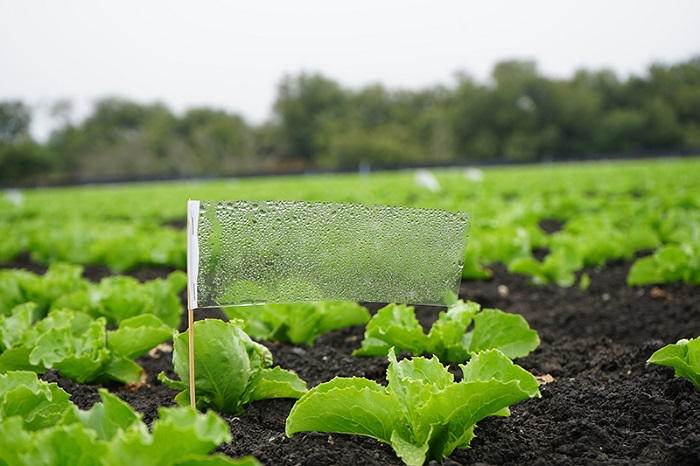Science & Environment
Purdue Researchers Launch Cutting-Edge Biosensor for Agricultural Safety

- Purdue University researchers developed a biosensor using LAMP technology to rapidly and accurately detect contamination risks in fresh produce, showing 100% accuracy within an hour during field tests.
- The innovative system, inspired by COVID-19 testing methods, provides immediate, actionable data for growers and is licensed through Krishi startup, with further testing needed to establish contamination thresholds.
Purdue University researchers have introduced biosensor technology designed to revolutionise agricultural practices by rapidly detecting contamination risks in fresh produce.
Inspired by COVID-19 testing methods, the new system demonstrated 100-percent accuracy within an hour of in-field sample collection when tested on a commercial fresh produce farm.
“The approach we’ve taken is using a fecal indicator called Bacteroidales as a risk marker,” stated Mohit Verma, Purdue associate professor of agricultural and biological engineering. This work, published in Biosensors and Bioelectronics journal and licensed through Krishi startup where Verma serves as CTO, has received worldwide acclaim.
Traditional risk assessment in fresh produce involves measuring pathogen levels that, if detected, lead to crop disposal. Unfortunately, as required by regulatory standards for products with short shelf lives, detecting low levels of pathogens presents substantial challenges. Verma’s team’s innovative solution involves using loop-mediated isothermal amplification (LAMP) technology previously utilized for diagnosing bovine respiratory disease and COVID-19 diagnosis on paper-based devices and providing rapid on-site testing solutions in agriculture applications.
Research, carried out on both a commercial lettuce farm in Salinas, CA and near Purdue University’s Animal Sciences Research and Education Center in West Lafayette used plastic flags to collect bioaerosol samples containing Bacteroidales; which allows one to determine levels of fecal contamination, according to Verma. Accuracy was demonstrated through comparison between field results and laboratory ones; plus growers now have immediate, actionable data via this new assay kit.
Growers use drop dispensers preloaded with liquid to swab collection flags. Once disbursed onto paper devices containing compounds necessary for DNA detection, results appear within an hour displaying Bacteroidales presence and level. This technology offers quantitative measures which confirm suspicions regarding field contamination while simultaneously providing timely interventions.
Verma recognized the system’s promising accuracy but noted the need for further testing across a wider contamination range. Current field tests lacked intermediate contamination samples necessary for comprehensive validation; nonetheless, its assay detects as few as three copies of Bacteroidales DNA per square centimeter suggesting high potential agricultural application.
Verma noted the difficulty associated with understanding contamination levels: “We still don’t quite understand what these numbers signify yet,” and established thresholds are essential components to practical implementation of technology.
Lead authors Jiangshan Wang and Simerdeep Kaur led development of assays and paper-based devices, with major contributions coming from Weldon School of Biomedical Engineering and Elmore Family School of Electrical and Computer Engineering; specifically in creating the heating imager.
Verma’s group stands out with its ability to move innovations from lab testing directly into field trials – not an easy feat! He highlighted collaborative effort among many contributors.
Financial support was provided for this project by the Center for Produce Safety, California Department of Food and Agriculture, and U.S. Department of Agriculture’s Agricultural Marketing Service. Purdue Innovates Office of Technology Commercialization applied for and granted Krishi with an license for this technology patent, who are now raising capital to market it commercially.

















































